-
Posts
60 -
Joined
-
Last visited
Content Type
Profiles
Forums
Events
Gallery
Store
supertorial
Classifieds
Posts posted by Canada_Steve
-
-
I've never looked up Calvin Klein arcs before, but now see what you mean. I'm not bent on them and it wouldn't take much to change them up
 0
0 -
-
North American Quality Purveyors in Calgary is a decent place for all good things made on this continent: https://shopnorthamerican.com
2 -
I made a friend a pair of jeans a while back. He decided to turn them into cut offs with his Japanese Katana sword!!! His fit pic is near the end

Instagram: https://www.instagram.com/spyycanada/
7 -
The patch-work Sugar Cane shirt is incredible!
 0
0 -
Those buttons are ridiculously good!
0 -
This was the first pair of selvedge denim jeans that I found in Calgary about five or six years ago. There was no selvedge denim in our area at the time, so when I found them on the Mexx shelf it was quite a surprise. I think the list price was $120 and I bought them for about half that. I wore them on and off for about 8 months, but after the second wash they were became too short in the leg.
The build/stitch quality is good with a few unusual trouser-like features added. The lined waistband and welted rear pocket (my favorite part) struck me as being nice touches and made them stand out from other stuff at the mall. They were built in Turkey and super stubborn to fade. I haven't seen anything about them online, the store managers didn't know much about them and now Mexx is closing shop.
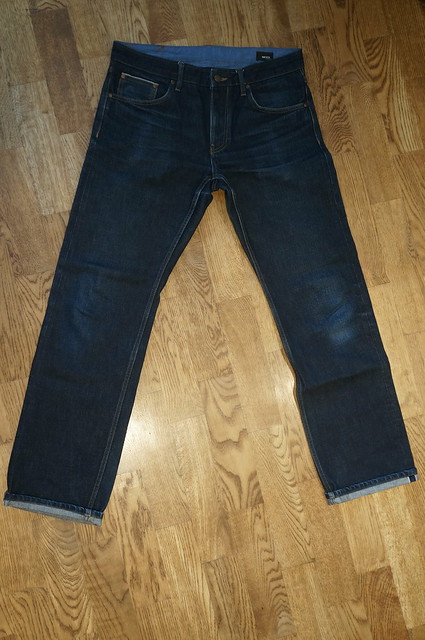
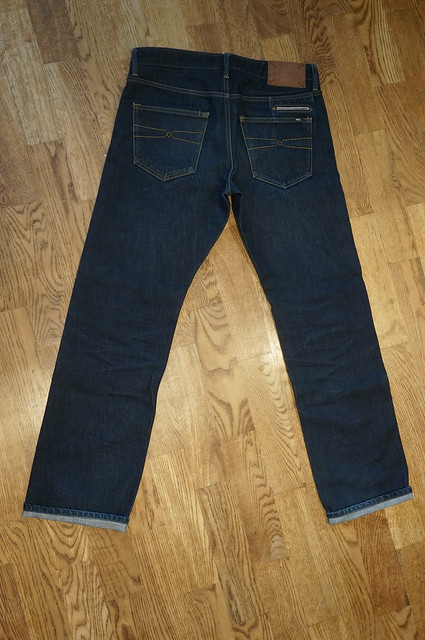


More pics here: https://www.flickr.com/photos/spyycanada/sets/72157648753606054/
1 -
Hey, all! Let's see where you're sharing your denim pics.
Instagram: @stevebuffel
Flickr: https://www.flickr.com/photos/spyycanada/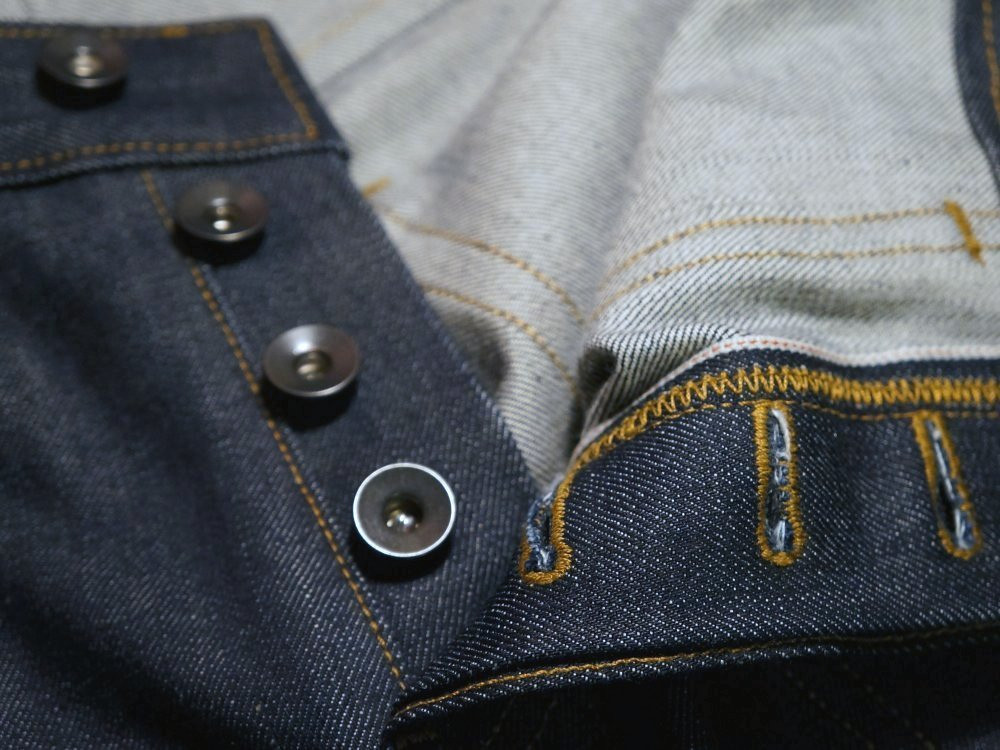 4
4 -
Since we're on the topic of patterns I thought I'd share a video I recently found on adapting patterns for the poker straight outseam of selvedge denim jeans. I'm sure other techniques might work, but this looks dead simple.
Also some there's some patterns here that are specifically drafted around the use of selvedge denim (use Google translation): http://www.witz-int.com/fullofpatterns/mens/FOP07/FOP07.html
Here's some helpful tips on how to buy the the above website: http://verypurpleperson.com/2014/10/how-to-buy-from-full-of-patterns-website/
2 -
-
Wait until they go on sale for $40, then scoop them on the "additional 40% off lowest ticketed price" deal, then cut them into jean shorts.
That's what I did. Not bad shorts for the money
 2
2 -
CHASM!
1 -
Something Good...Ruined:
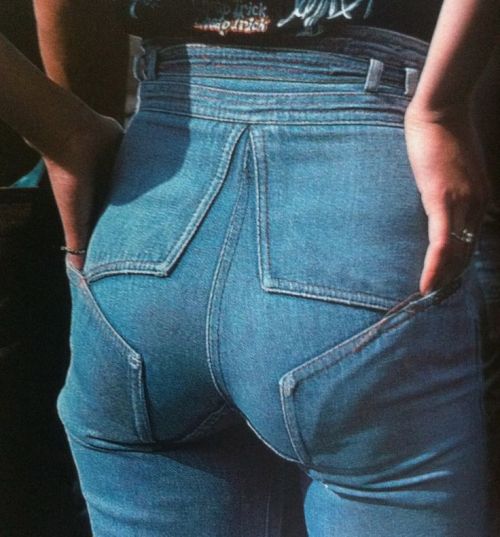
dat ass!
*trying to see past the bad denim*
4 -
www.dot-gas.com has a great selection and customer service.
1 -
-
But, the $64,000 question is: was HE wearing Roy?
 0
0 -
Kiya, is it possible that the narrow lap seams and narrow double rows of stitching could have something to do with their durability? Most seams in pics on your site look to be super-super narrow, which looks to be unusual in comparison to most brands… However, my exposure to premium denim is limited.
On another tangent and from a geeked-out mechanical design perspective: the more fasteners in a structure the better as long as the amount of holes created doesn't weaken the structure (look at how many rivets an airplane wing has). In fabric, the needle doesn’t really make a hole, but appears to separate the yarn to make a space for the thread to pass through. I have no expertise in garment construction, but it would make sense that a higher stitch count would be stronger because it's like adding more fasteners, but without the side effect of weakening the structure by adding more holes. Each stitch will have a certain tensile strength, so a higher stitch density should mean a much higher strength seam.
Your comment on the thread type does add a further complication to the mix, though

BTW: I love your product shots of crisp, newly built denim. They’re one of my favorite things to browse.
1 -
A fantastic series of pictures, raW. Thanks for taking the time to post all that. It's interesting to see how different people approach a similar build.
0 -
Wow! I can't imagine the amount of time and patience that would take. Spectacular.
0 -
And some custom patches I did on my laser engraver. It stunk like burning cow in my basement!
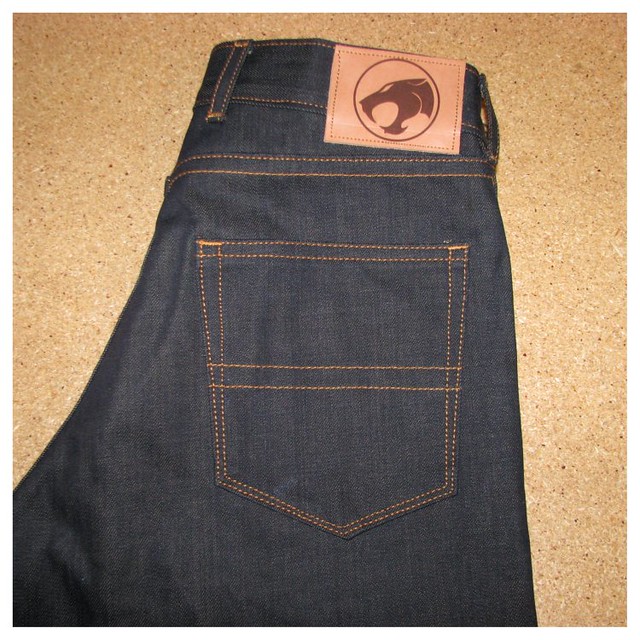
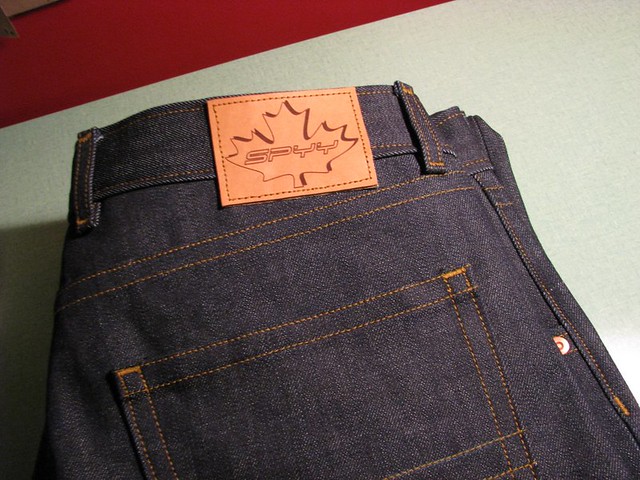 2
2 -
This pair has about a year of wear and five washes. They're made from the same demin as the patch pocket version I previously posted.
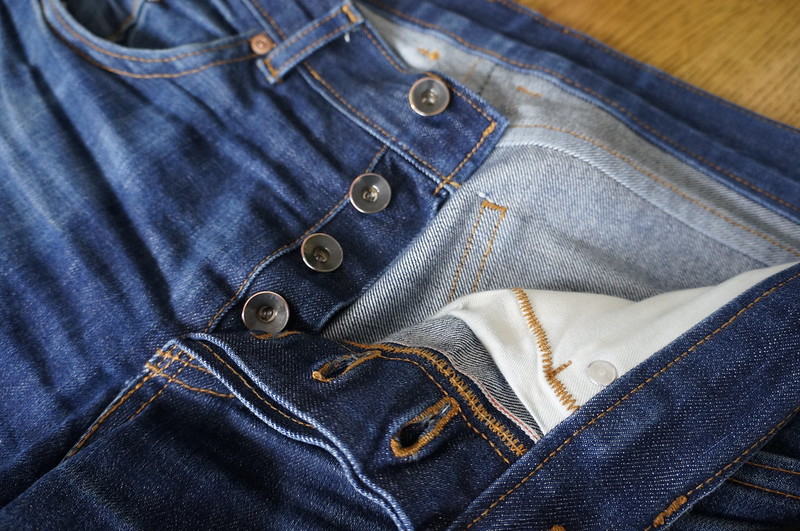

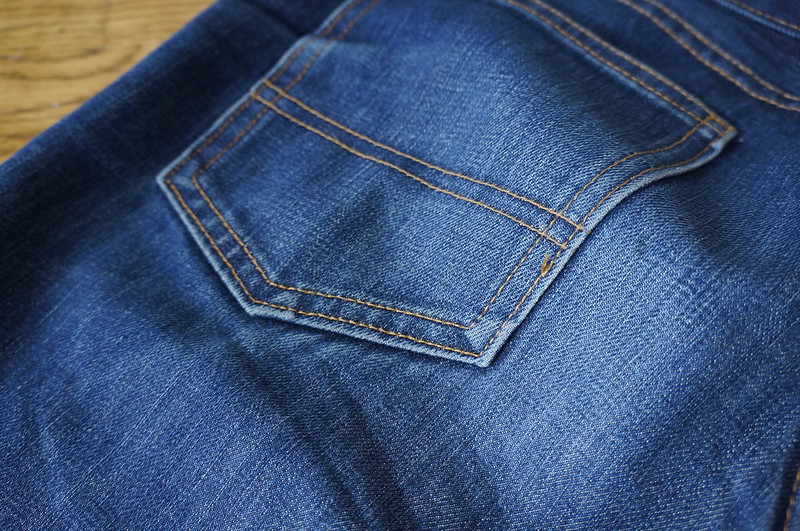 4
4 -
Can the seller tell you what model number it is? It's usally on the small plaque/decal just below the black reverse lever. A google search with the brand and model number will lead you to all kinds of information.
0 -
Drive the two hours and buy the Singer. They go for $500 in western Canada!
I'm on my phone and didn't watch the video, but I'm sure everybody does the same technique. Look at the picture of the fly area I posted above. The zigzag overlocks the raw edge of the front panel fly extension hidden by the button hole panel.
0 -
I second those comments. I had a 20U and almost regret selling it, but I was getting short on space (I opted to keep my Pfaff 138). Feet and parts are super easy to find. I use a zigzag stitch to overlock my fly pieces and where the pocket bags meet the outseams. I hand fell the inseams, so I have no need for a serger. The zigzag can also be useful when using a buttonholer, as I find the ones that have to swing back and forth to compensate for a non-zig zagging machine are a little finicky.
0


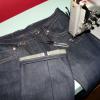
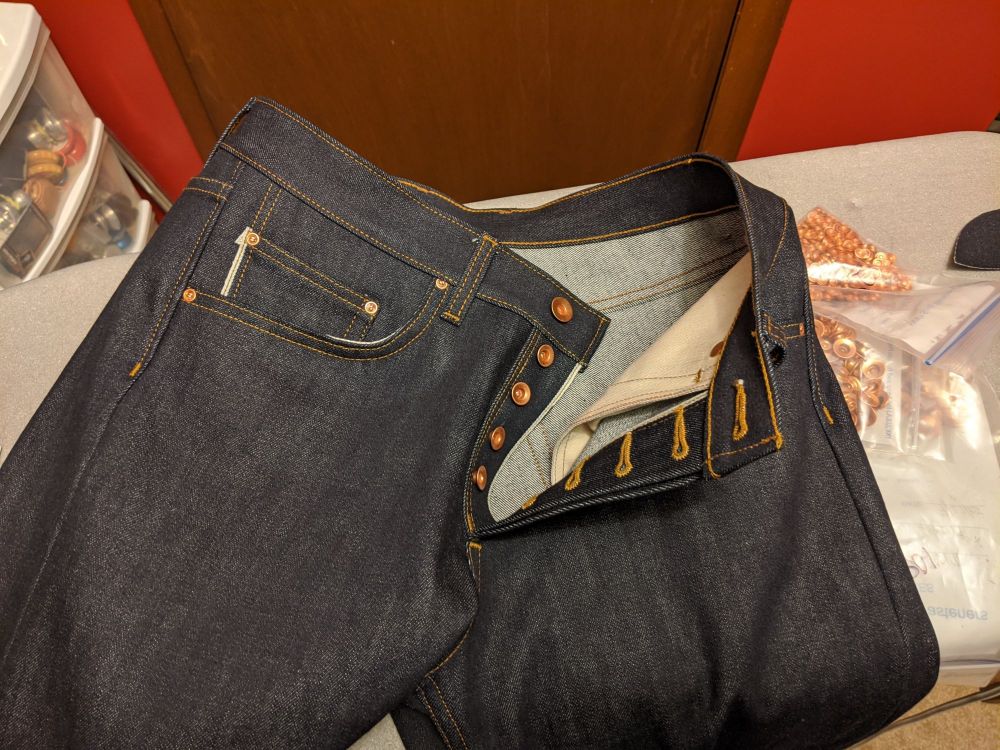
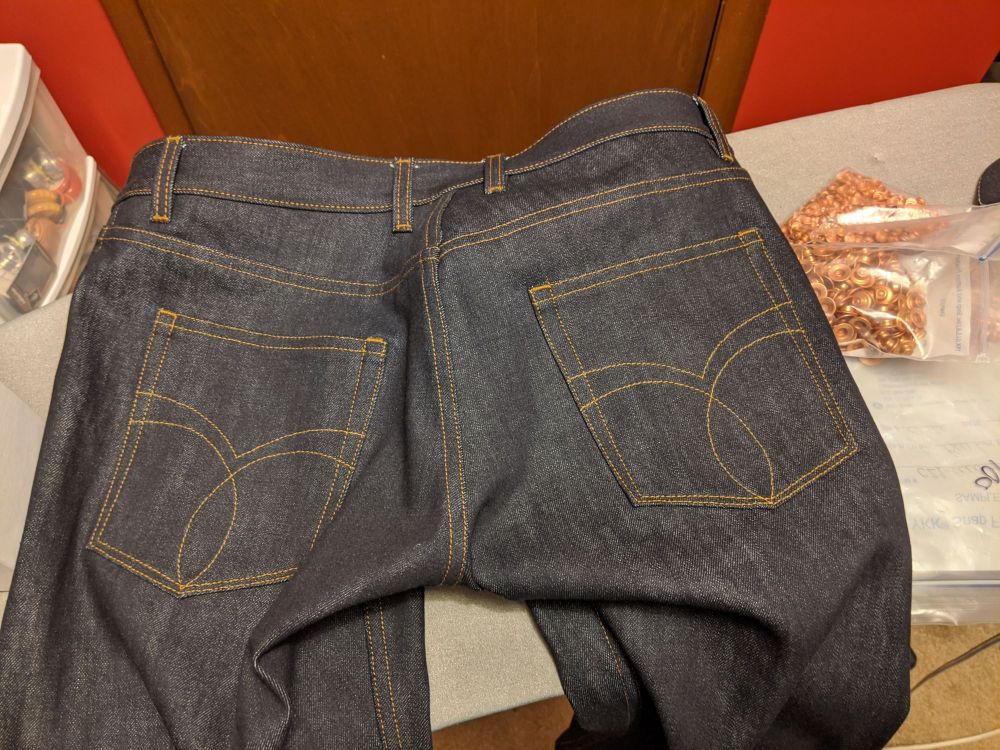
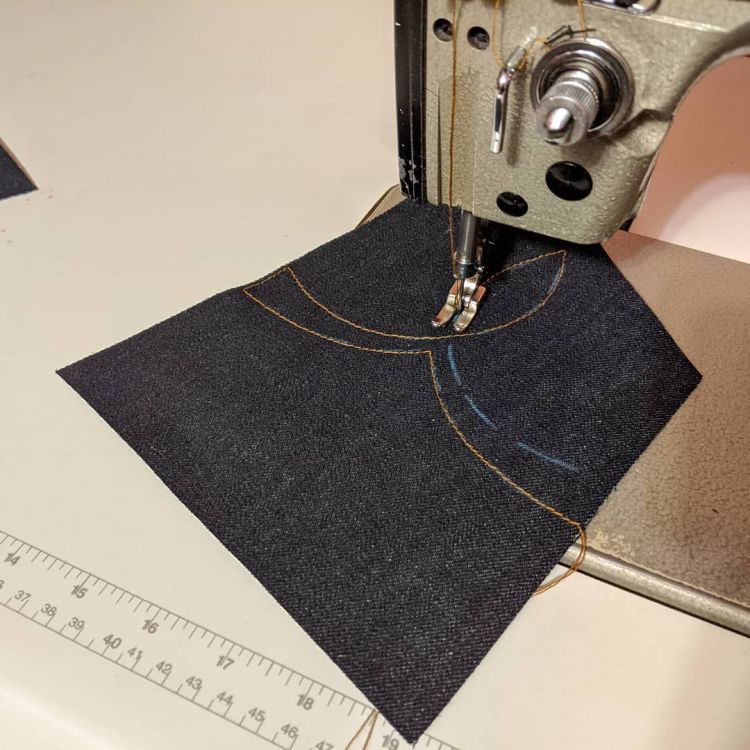

home-made jeans
in superdenim
Posted
Not much going on in this thread these days :) I'm still mucking about and enjoying the process. I now post my stuff on Instagram @blackgoldbluesdenim